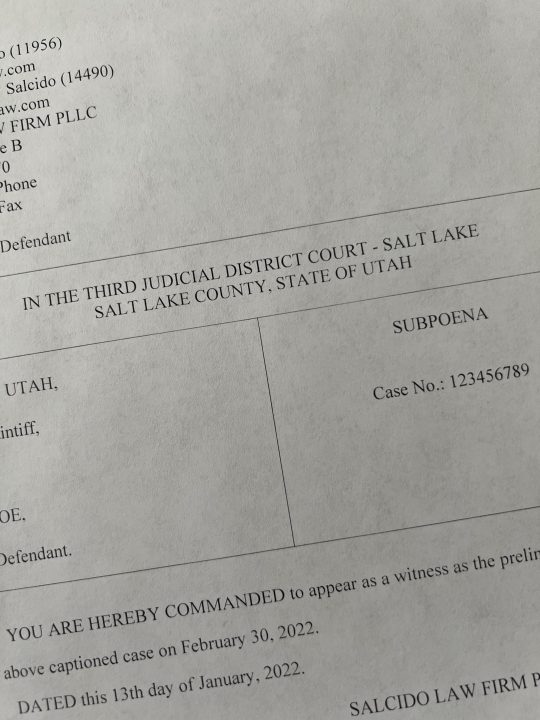State v. Younge
In State v. Younge, a decision handed down by the Utah Supreme Court on November 22, 2013, the court addressed the right to a speedy trial. In that case the defendant was charged with aggravated sexual assault approximately six years after the act was committed. In 1996, the defendant sexually assaulted a woman. The victim could not identify the defendant but DNA was collected and placed in a database. Just before the four-year statute of limitations was up, the state filed charges against a “John Doe” defendant. A couple of years later the DNA database returned a match to the defendant, who was locked up in jail in Illinois awaiting murder charges. The state filed amended charges identifying the defendant in 2002 and the state sent the amended charges to the defendant in jail in Illinois.
In 2009, the defendant’s murder charges in Illinois were dismissed and Utah extradited him in February 2009 to prosecute him for the sexual assault charges. His trial was held in mid-December 2009. On appeal defendant argued that his right to a speedy trial was violated. The Utah Supreme Court disagreed.
The Barker Factors
The court referred to Barker v. Wingo, a US Supreme Court case that set forth the test for whether the speedy trial right has been violated. It applied the four-factor “balancing test, in which the conduct of both the prosecution and the defendant are weighed” to determine whether Younge’s right to a speedy trial was violated. The Barker factors are, “[l]ength of delay, the reason for the delay, the defendant’s assertion of his right, and prejudice to the defendant.” No specific factor is “either a necessary or sufficient condition to the finding of a deprivation of the right of speedy trial” because “they are related factors and must be considered together with such other circumstances as may be relevant.”While “these factors have no talismanic qualities,” we must “engage in a difficult and sensitive balancing process.”
In analyzing the Barker factors, the court found that the length of the delay weighed in Younge’s favor; the reason for the delay weighed against Younge; the state complied with Younge’s speedy trial demands to the extent possible; and, Younge was not prejudiced by the delay. The court, therefore, found that the defendant’s speedy trial rights were not violated.




